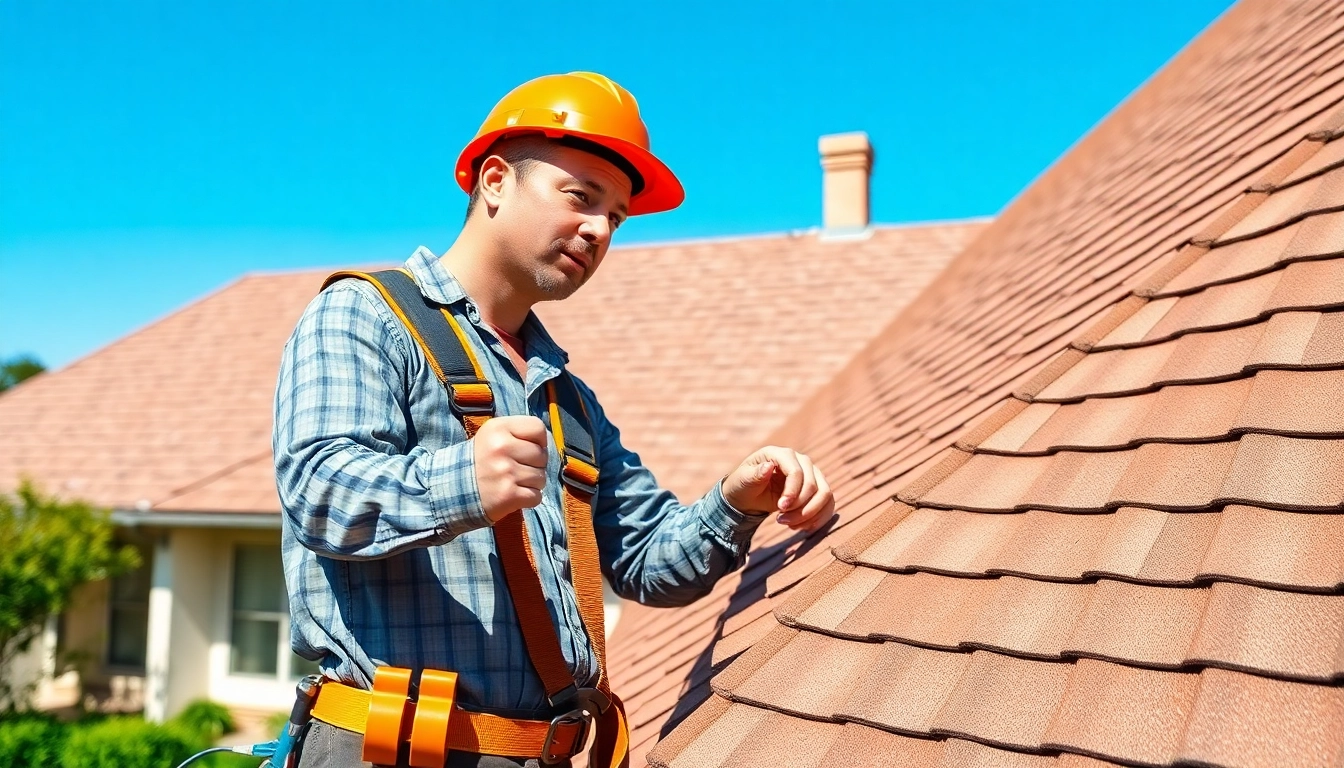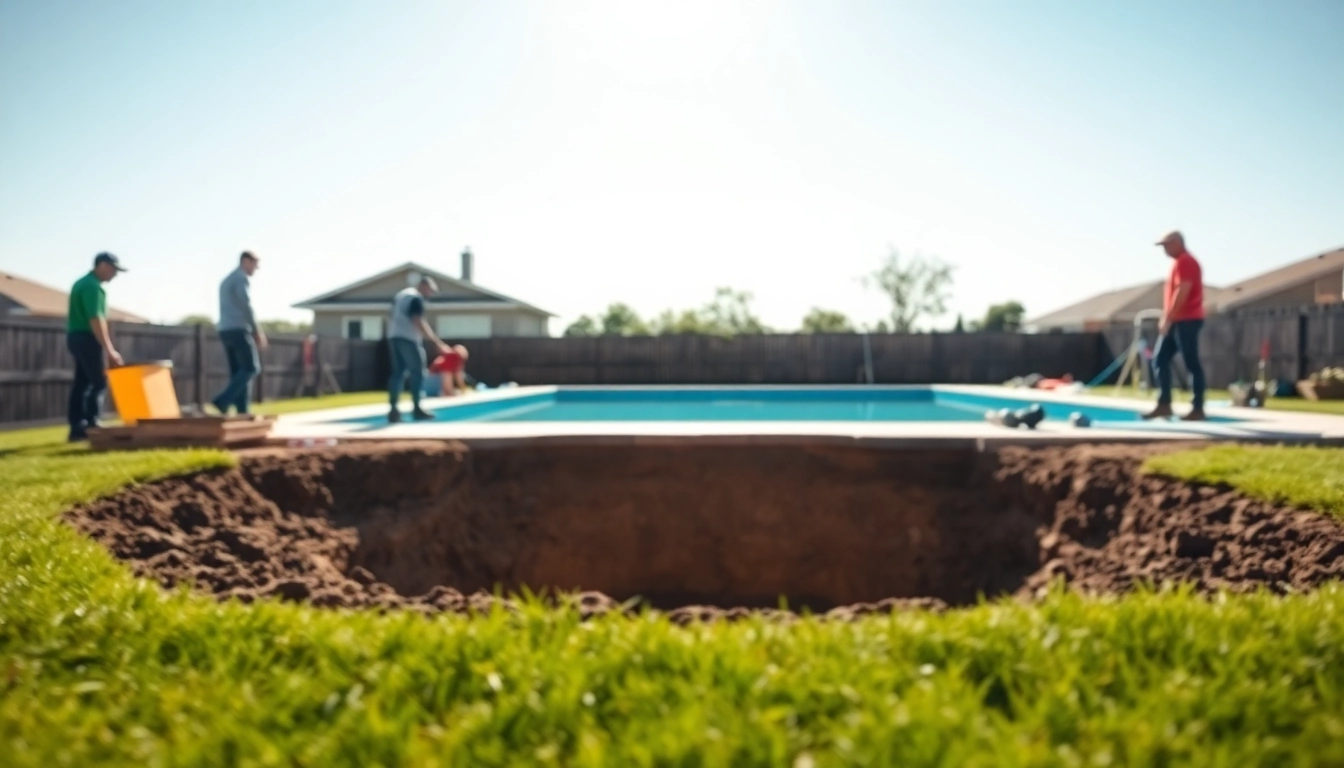Introduction to Termite Inspections
Termite inspections are an essential element of home maintenance that often go overlooked until a noticeable problem arises. These inspections play a vital role in the early detection and prevention of termite infestations, which can lead to expensive repairs and significant structural damage if not addressed promptly. Understanding what a termite inspection entails, the importance of regular assessments, and how to prepare for one can help homeowners safeguard their properties from these wood-destroying insects. For more information on expert termite inspections, it’s essential to connect with professionals who can provide thorough evaluations.
What Are Termite Inspections?
A termite inspection is a process conducted by trained professionals to assess a property for signs of termite activity and damage. During an inspection, the inspector evaluates both the interior and exterior of the property, including hard-to-reach areas such as basements, crawl spaces, and attics. The goal is to identify any existing infestations, assess the extent of potential damage, and determine whether any preventive measures are necessary.
Importance of Regular Inspections
Regular termite inspections are crucial for several reasons. First and foremost, they help catch infestations early, which can significantly reduce repair costs and prevent extensive damage. Termites can cause structural issues by consuming wood and other cellulose materials, leading to compromised building integrity. Homeowners should consider scheduling inspections at least once a year—or more frequently in regions where termite activity is prevalent.
Signs of Potential Termite Infestation
Early detection is key when it comes to termites. Some common signs that may indicate a termite infestation include:
- Wood damage visible as hollow-sounding wood or blistering paint
- Termite frass, which looks like small wood-colored pellets
- Swarmers or discarded wings, often seen around windowsills or light sources
- Mud tubes, which are tunnels made from soil and saliva that termites use to travel and access food sources
If any of these signs are noticed, seeking a professional inspection immediately is advised.
Preparing for a Termite Inspection
What to Do Before the Inspector Arrives
Preparation is key to ensuring a thorough and effective termite inspection. Before the inspector arrives, homeowners should take the following steps:
- Clear the area around the foundation and exterior walls of the home to allow unrestricted access.
- Move furniture away from walls inside the house to facilitate interior inspections.
- Remove stored items from basements, crawl spaces, and attics to help the inspector access these locations effectively.
Being well-prepared not only makes the inspection process smoother but also ensures all potential problem areas are thoroughly evaluated.
Common Areas Inspectors Examine
Termite inspectors will focus on specific areas during the evaluation to look for signs of infestation and damage. Commonly examined locations include:
- Basements and crawl spaces
- Attics
- Wall interiors, particularly around windows and doors
- Exposed wooden structures outside, like decks or patios
- Near plumbing fixtures where moisture may attract termites
Understanding the Inspection Process
Typically, a termite inspection will last about 30 to 90 minutes, depending on the size and complexity of the property. During the inspection, the technician will utilize various tools, including moisture meters, infrared cameras, and sometimes even listening devices, to detect signs of termite infestations that may not be visible to the naked eye. Detailed reports are usually provided, outlining the inspector’s findings and recommendations for further action if needed.
Cost of Termite Inspections
Averages and Variations in Pricing
The cost of termite inspections can vary widely depending on several factors, including geographical location and property size. On average, homeowners can expect to pay between $75 and $325 for a thorough inspection. In some cases, real estate transactions might require inspections that produce a formal report, influencing the overall cost.
Factors Affecting Inspection Costs
Several factors can influence the cost of termite inspections:
- Location: Prices may differ based on regional termite prevalence and service demand.
- Property Size: Larger homes typically require more time to inspect, increasing costs.
- Inspection Type: Comprehensive inspections that cover both visual assessments and additional techniques, such as moisture sensing, can incur higher fees.
Can You Get Free Inspections?
Many pest control companies offer free termite inspections as part of their services, often to attract potential clients for ongoing maintenance contracts or treatments. Before scheduling a free inspection, it is advisable to verify the company’s credibility and what their services include to avoid unexpected costs later. Always read client reviews and seek recommendations to ensure you choose a reliable provider.
Choosing a Qualified Termite Inspector
What Credentials to Look For
When selecting a termite inspector, it is crucial to choose a qualified professional. Look for the following credentials:
- Licensure and certifications that comply with state regulations
- Membership in professional organizations such as the National Pest Management Association
- Positive reviews and recommendations from previous clients
Questions to Ask Your Inspector
Before hiring a termite inspector, consider asking the following questions to ensure their competence:
- How long have you been in the pest control industry?
- What kind of training do your technicians undergo?
- Can you provide a written report of the findings?
- What prevention measures do you recommend if infestations are found?
Understanding Inspection Reports
Inspection reports are invaluable tools for understanding the extent of any termite activity or damage. A comprehensive report should include:
- Identified problem areas with detailed descriptions
- Photographic evidence of infestations or damage
- Recommendations for treatment or preventive measures
Reviewing the report with the inspector, if possible, can help homeowners better understand the situation and create a plan moving forward.
Post-Inspection Steps
Interpreting the Inspection Results
Once the inspection is complete and the report is received, homeowners must take the time to understand the findings. If termites are found, it’s critical to act quickly. The report will detail the location and extent of the infestation, informing the necessary remediation methods.
Next Steps If Termites Are Found
Should the inspection reveal termite activity, homeowners should be prepared to take immediate action. Possible steps include:
- Contacting pest control services for a recommended treatment plan
- Repairing any structural damage identified during the inspection
- Implementing preventative measures to discourage future infestations, such as improving ventilation and moisture control
Long-term Prevention Strategies
Implementing long-term prevention strategies can help safeguard against future termite infestations. These strategies may include:
- Regular inspections and maintenance by pest control professionals
- Keeping wood piles and mulch away from the home
- Ensuring proper drainage around the foundation to prevent moisture accumulation
- Using treated wood for any outdoor structures, such as decks or fences
By taking proactive steps, homeowners can protect their investments and maintain the integrity of their properties against termites and other pests.















Leave a Reply